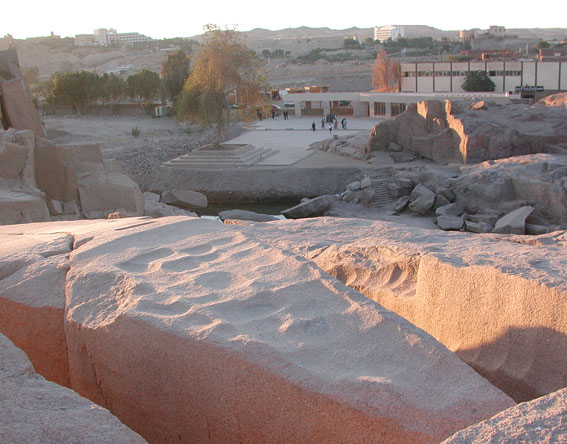Diorite is an extremely hard rock, making it difficult to carve and work with. It is so hard that ancient civilizations (such as Ancient Egypt) used diorite balls to work granite. Its hardness, however, also allows it to be worked finely and take a high polish, and to provide a durable finished work.
One comparatively frequent use of diorite was for inscription, as it is easier to carve in relief than in three-dimensional statuary. Perhaps the most famous diorite work extant is the Code of Hammurabi, inscribed upon a 2.23m (7ft 4in) pillar of black diorite. The original can be seen today in Paris' Musée du Louvre.[3] The use of diorite in art was most important among very early Middle Eastern civilizations such as Ancient Egypt, Babylonia, Assyria and Sumer. It was so valued in early times that the first great Mesopotamian empire -- the Empire of Sargon of Akkad -- listed the taking of diorite as a purpose of military expeditions.
Although one can find diorite art from later periods, it became more popular as a structural stone and was frequently used as pavement due to its durability. Diorite was used by both the Inca and Mayan civilizations, but mostly for fortress walls, weaponry, etc. It was especially popular with medieval Islamic builders. In later times, diorite was commonly used as cobblestone; today many diorite cobblestone streets can be found in England, Guernsey and Scotland, and scattered throughout the world in such places as Ecuador and China. Although diorite is rough-textured in nature, its ability to take a polish can be seen in the diorite steps of St. Paul's Cathedral, London, where centuries of foot traffic have polished the steps to a sheen.


